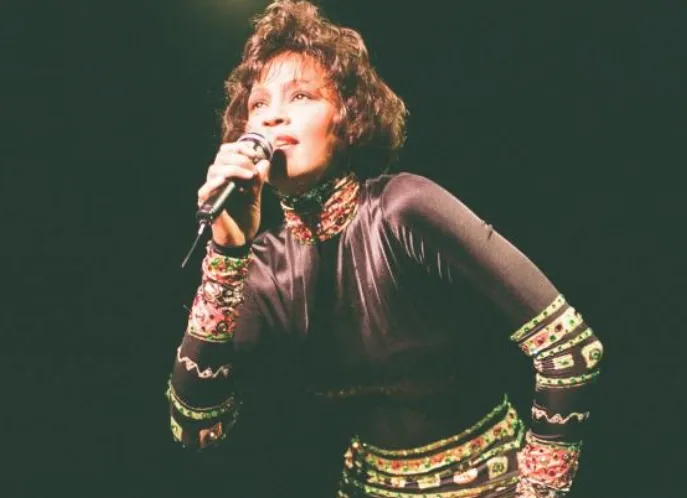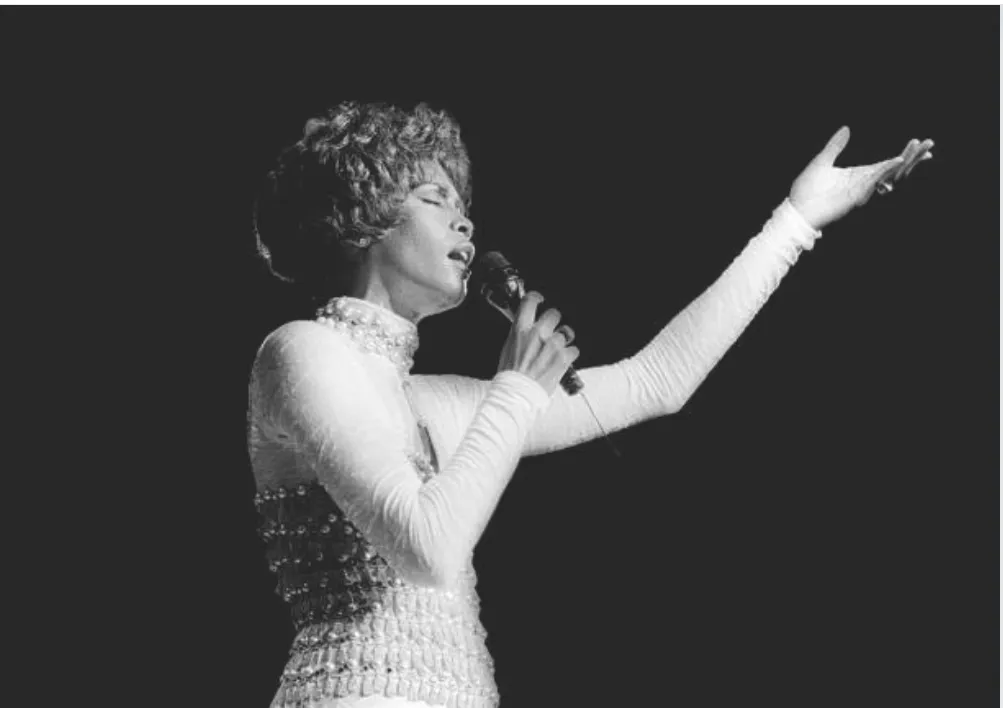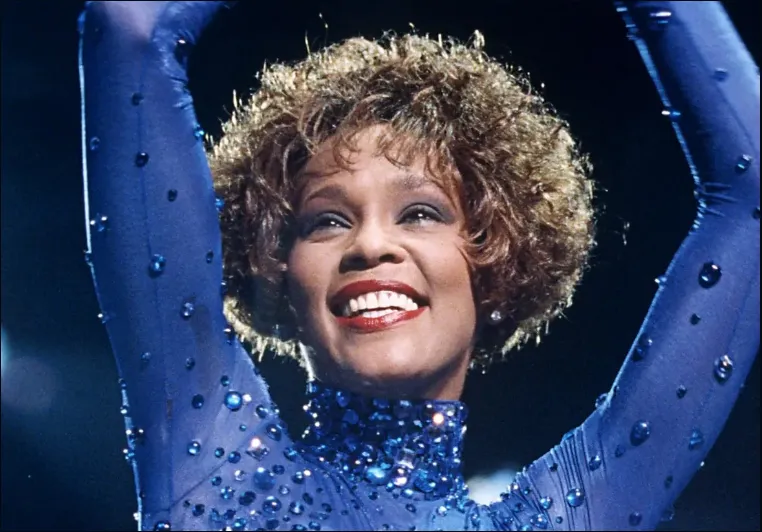On October 30, 2020, the Teatro Bankia Príncipe Pío in Madrid, Spain, was the site of an extraordinary musical event. Fans gathered to witness a hologram of the legendary American singer Whitney Houston performing on stage, a technological marvel that brought the late icon's presence back to life in a visually and sonically stunning manner. This holographic performance was part of a larger trend of resurrecting music legends through advanced technology, allowing audiences to experience the magic of their favorite artists once more.

Whitney Houston, known for her powerful voice and electrifying stage presence, left an indelible mark on the music industry with hits like "I Will Always Love You," "Greatest Love of All," and "How Will I Know." Her untimely passing in 2012 left a void in the hearts of fans worldwide. The hologram concert, therefore, was more than just a technological feat; it was an emotional journey, a chance for fans to reconnect with the spirit and artistry of Houston in a unique and immersive way.

The hologram technology used to create this experience is nothing short of remarkable. Utilizing a blend of high-definition projection, CGI, and stagecraft, the hologram replicated Houston's movements, facial expressions, and vocal performances with astonishing accuracy. Every gesture, smile, and note was meticulously crafted to ensure that the audience felt as if they were watching the real Whitney Houston. The team behind the hologram worked closely with her estate to capture her essence and preserve the integrity of her performances.

As the lights dimmed in the Teatro Bankia Príncipe Pío, a sense of anticipation filled the air. The stage, adorned with elegant set pieces and sophisticated lighting, created an atmosphere of reverence and excitement. When the hologram of Whitney Houston appeared, the audience erupted in applause and awe. It was a surreal moment, seeing her larger-than-life presence materialize on stage, almost as if she had never left.

The setlist for the evening included some of Houston's most iconic songs, each one eliciting waves of nostalgia and emotion from the audience. Her holographic image, paired with high-fidelity audio of her original recordings, delivered performances that were both technically impressive and deeply moving. Songs like "I Wanna Dance with Somebody" and "I Have Nothing" brought the crowd to their feet, dancing and singing along, while ballads like "I Will Always Love You" had many wiping away tears.

The concert was not just a visual and auditory spectacle but also a tribute to Houston's legacy. It celebrated her contributions to music, her influence on countless artists, and the joy she brought to millions of fans. The hologram concert was a testament to how technology can be used to honor and preserve the legacy of artists who have passed, providing new generations with the opportunity to experience their brilliance.

However, the event also sparked conversations about the ethical implications of using holograms for live performances. While many fans appreciated the chance to see their idol in a new form, others questioned whether it was appropriate to recreate deceased artists in this manner. These discussions highlighted the delicate balance between honoring an artist's legacy and respecting their memory.

In conclusion, the hologram performance of Whitney Houston at the Teatro Bankia Príncipe Pío on October 30, 2020, was a groundbreaking event that blended cutting-edge technology with deep emotional resonance. It allowed fans to relive the magic of Houston's performances in a new and innovative way, ensuring that her legacy continues to shine brightly. As technology evolves, such holographic concerts may become more common, offering both opportunities and challenges in the ways we celebrate and remember our musical icons.
Video



